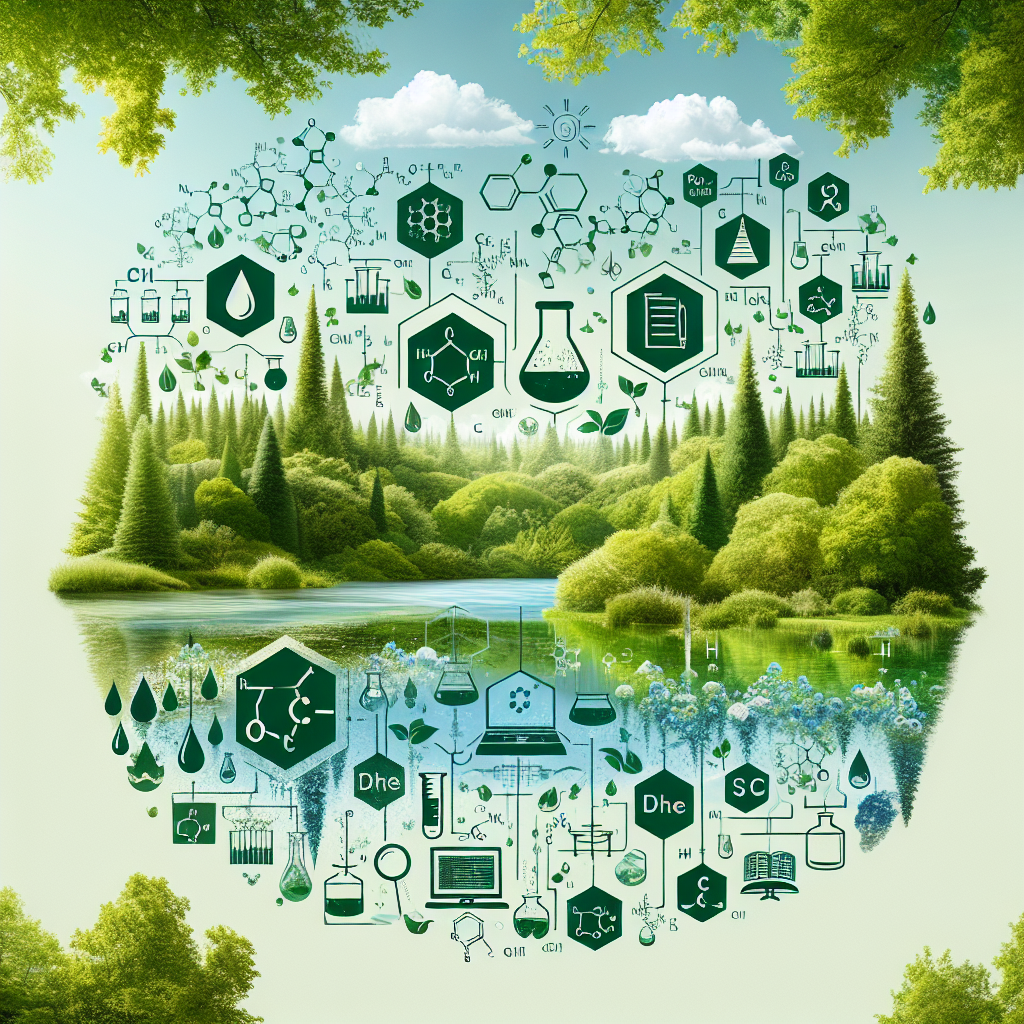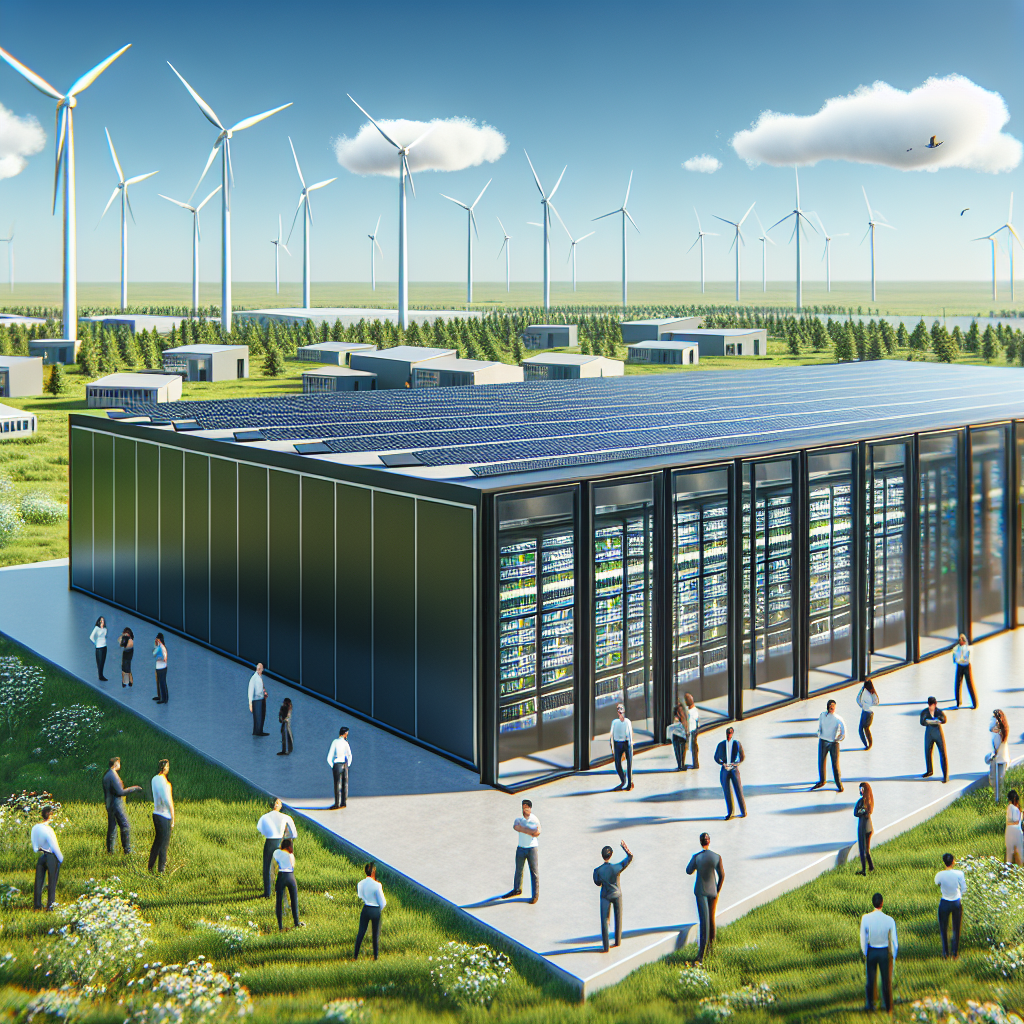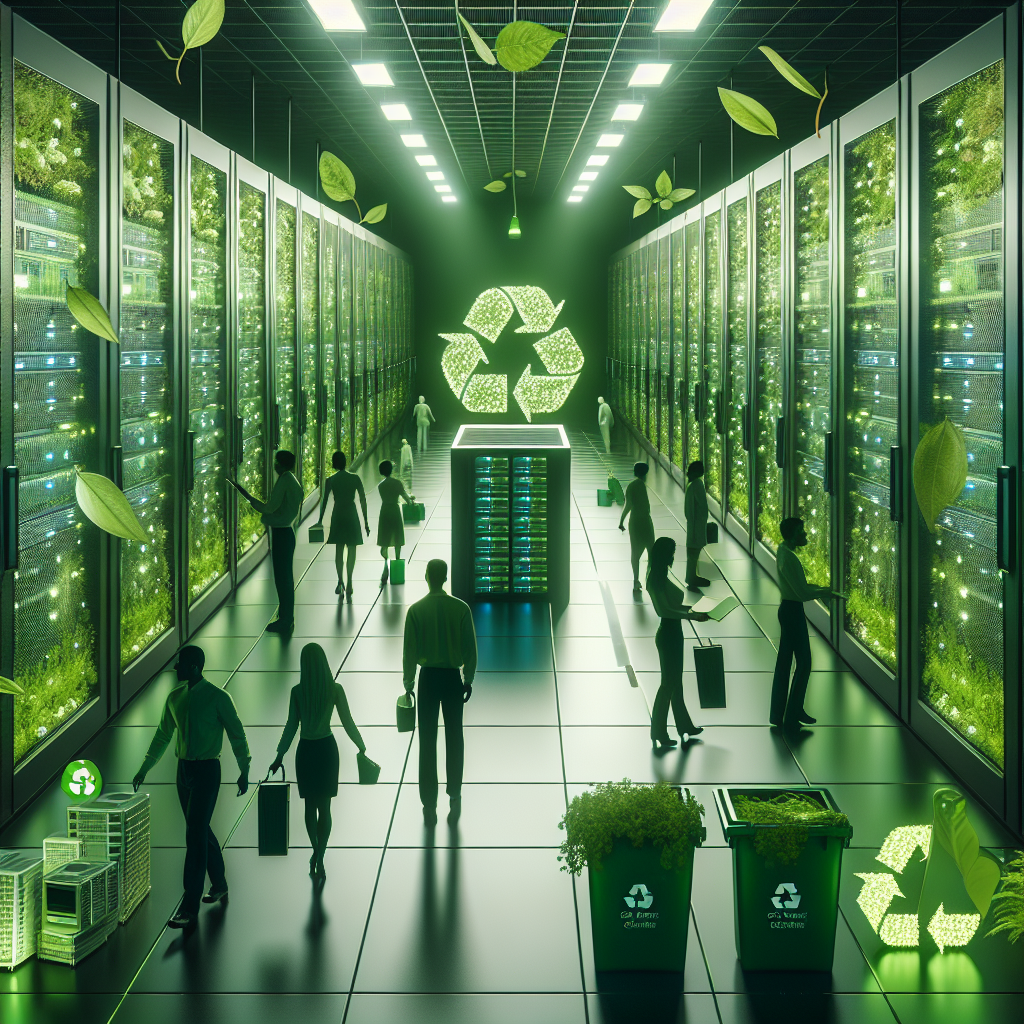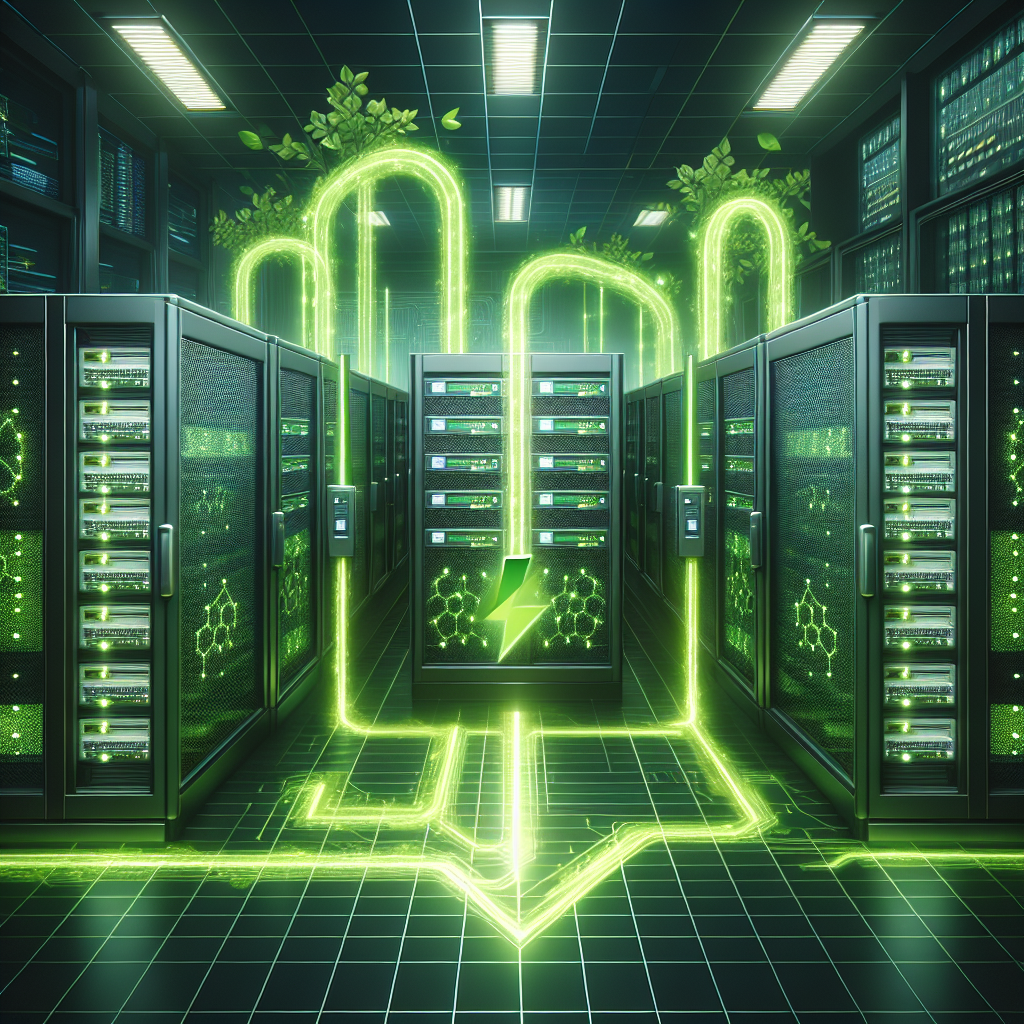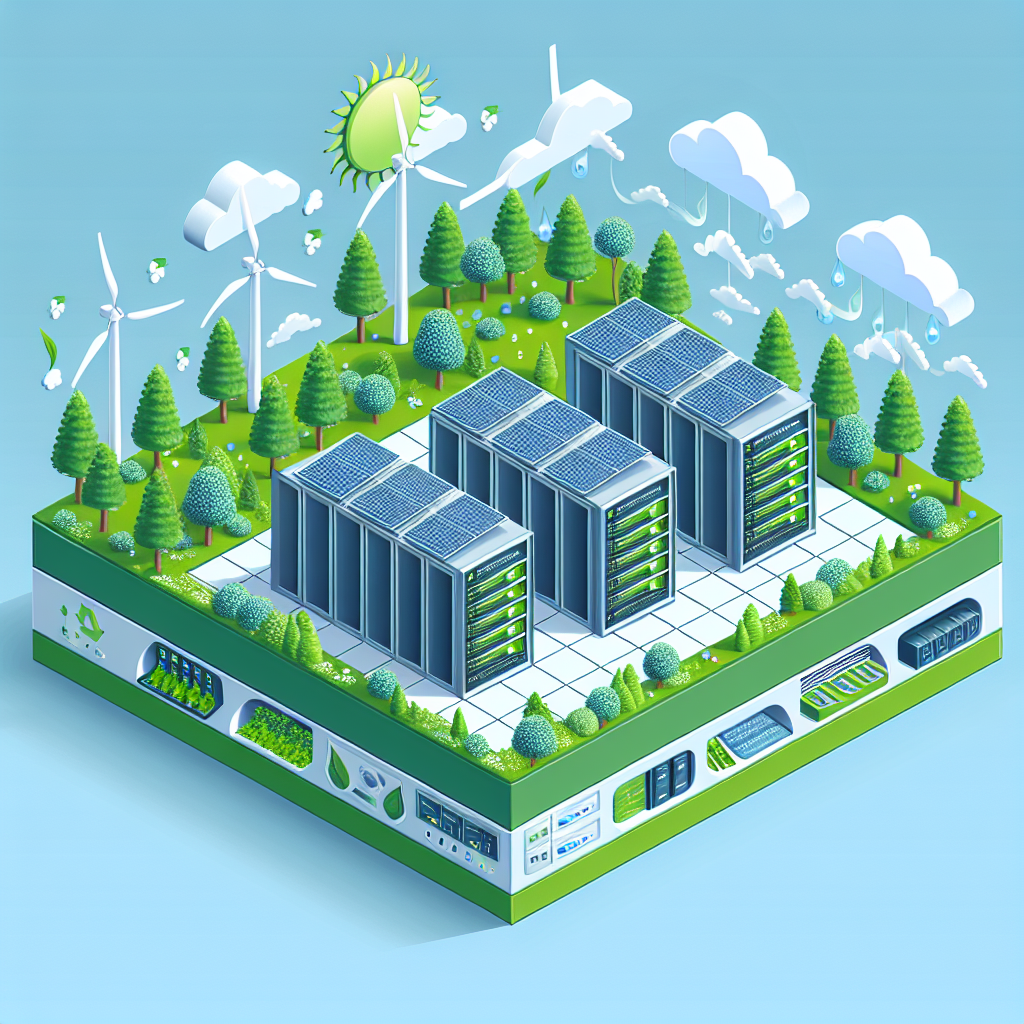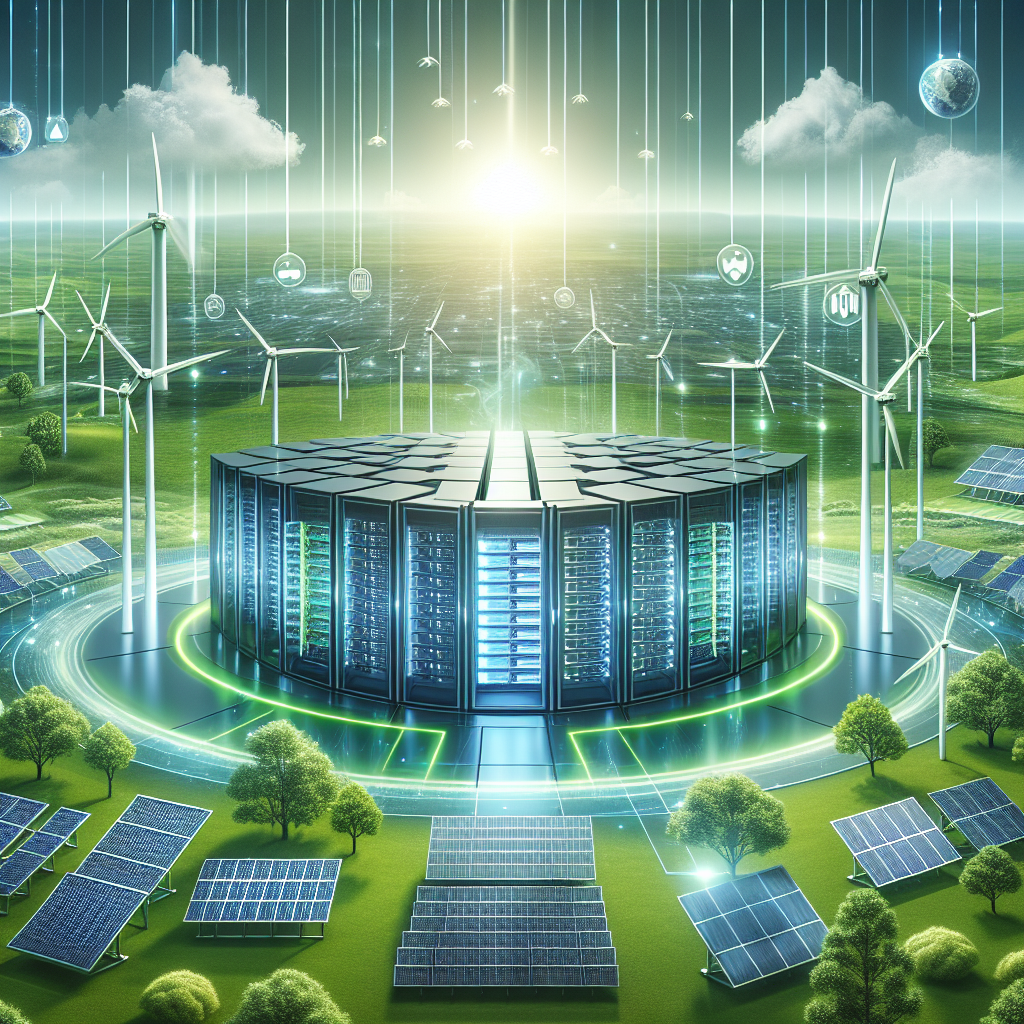Data centers are the backbone of today’s digital economy, housing and managing the vast amounts of data that drive our interconnected world. With the increasing reliance on technology and data, the need to ensure the efficient and reliable operation of data centers has never been more critical. Predictive maintenance has emerged as a key strategy for achieving sustainable and successful data center management.
Predictive maintenance involves using data and analytics to predict when equipment is likely to fail, allowing for proactive maintenance to be performed before a breakdown occurs. This approach stands in contrast to traditional reactive maintenance, where equipment is only repaired once it has failed, leading to costly downtime and potential data loss.
In the context of data centers, where uptime and reliability are paramount, predictive maintenance can be a game-changer. By monitoring key performance indicators and trends, data center managers can anticipate potential issues and take preventive action to ensure the continuous operation of critical infrastructure.
One of the key benefits of predictive maintenance is its ability to optimize maintenance schedules and resources. By identifying and prioritizing maintenance tasks based on the likelihood of failure, data center operators can make more informed decisions about when and how to perform maintenance activities. This can help minimize downtime, reduce costs, and extend the lifespan of equipment.
In addition to improving operational efficiency, predictive maintenance can also enhance the overall sustainability of data center management. By reducing the frequency of unplanned downtime and equipment failures, data centers can operate more efficiently and consume less energy. This not only lowers operating costs but also contributes to a more environmentally friendly approach to data center management.
Furthermore, predictive maintenance can support a more holistic approach to data center management by enabling better planning and resource allocation. By having a clear understanding of the health and performance of equipment, data center operators can make more informed decisions about capacity planning, equipment upgrades, and future investments.
Ultimately, predictive maintenance is a key tool for data center managers looking to achieve sustainable and successful operations. By leveraging data and analytics to anticipate and address potential issues, data centers can minimize downtime, optimize resources, and enhance overall efficiency. As data centers continue to play a critical role in the digital economy, predictive maintenance will be essential for ensuring their long-term success and reliability.



